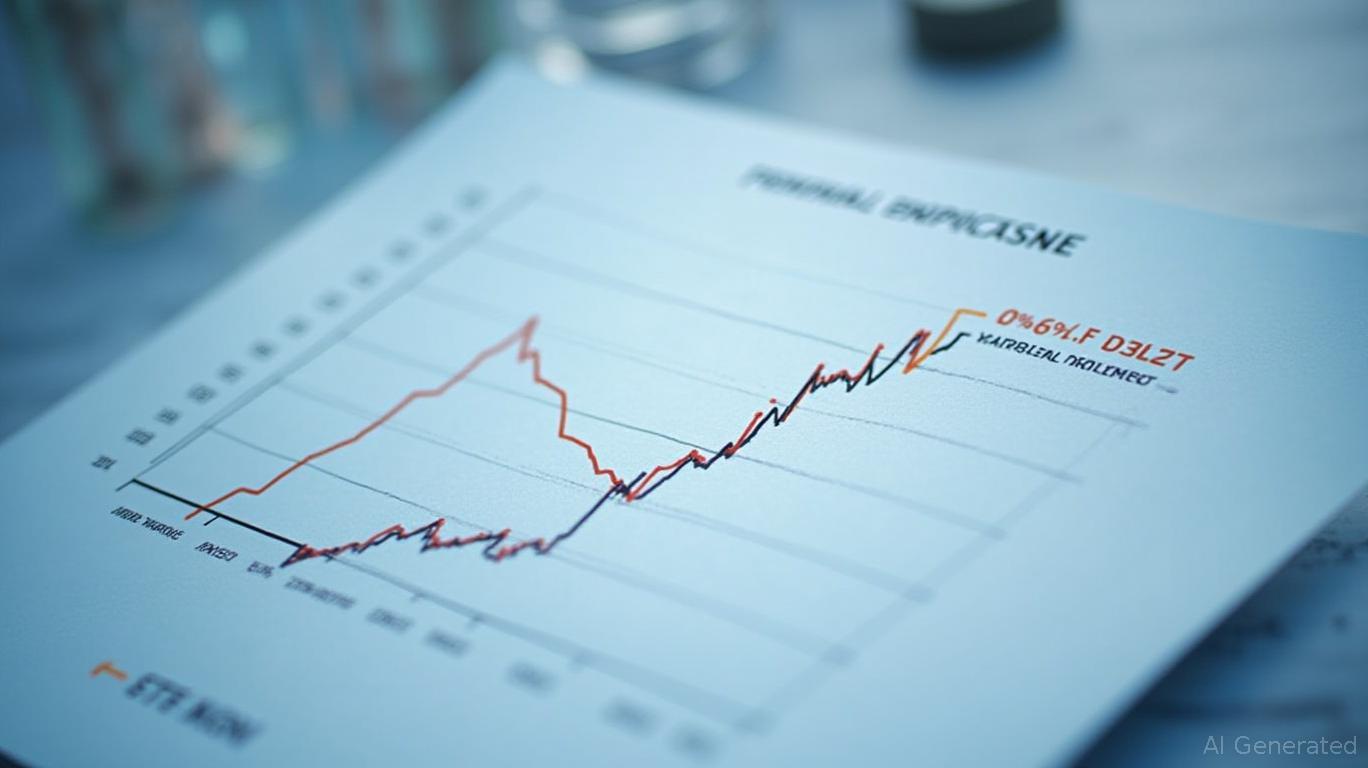The Hybrid Edge: Navigating Index-Linked CDs in a Low-Yield Landscape
In a world where traditional savings accounts and short-term bonds offer paltry returns, investors are increasingly turning to hybrid instruments to bridge
between safety and growth. Enter index-linked CDs, a financial product designed to capture market upside while shielding principal—making them a compelling, though nuanced, option in today's low-yield environment. Let's dissect their potential, pitfalls, and strategic role in a diversified portfolio.What Are Index-Linked CDs?
Index-linked CDs (also called market-linked CDs or structured notes) blend the safety of traditional certificates of deposit with exposure to market indices, stocks, or commodities. Here's the anatomy:
1. Principal Protection: A portion of your investment is locked into a zero-coupon bond, ensuring your initial principal (up to FDIC limits) is returned at maturity.
2. Market Exposure: The remaining funds are tied to an underlying asset—like the S&P 500, tech stocks (e.g.,
For example, if you invest $10,000 in an S&P 500-linked
, $8,000 might fund the zero-coupon bond, while $2,000 buys options. If the S&P rises, you gain a percentage of that growth. If it falls, you still get your $10,000 back.
Why They Shine in a Low-Yield World
Safety-First Growth:
In an era where 10-year Treasury yields hover around 3%, index-linked CDs offer a path to higher returns without fully committing to volatile equities. Their principal protection (up to $250,000 per account) is FDIC-backed, making them far less risky than direct stock ownership.Market Upside Access:
Investors can participate in bull markets without the emotional toll of daily swings. For instance, a CD tied to a 5% annual cap on the Nasdaq Composite might deliver 8% over five years if the index grows 15%—a sweet spot for risk-averse investors.Predictability:
Unlike stocks, these CDs have fixed maturities and defined terms. You know your downside (zero loss of principal) and upside limits upfront.
The Fine Print: Risks to Consider
- Participation Caps:
Caps are the silent killer of returns. Suppose an S&P-linked CD has a 20% cap, and the index surges 40% during its term. You'll only pocket 20%, leaving 20% on the table. Always check the participation rate (e.g., 90% of the index's gains up to the cap).
Liquidity Traps:
These CDs are designed to be held to maturity (typically 1–7 years). Early redemption penalties can be brutal. If you withdraw before maturity, you might lose accrued gains or even principal if the underlying asset has declined.Tax Headaches:
Gains are taxed as ordinary income, not capital gains—a major drawback. For instance, a 20% return on a CD is taxed at your marginal rate (up to 37%), whereas stock gains qualify for lower long-term rates (up to 20%).Issuer Credit Risk:
If your bank fails, FDIC insurance only covers up to $250,000. Amounts above this are at risk unless you diversify across institutions.
Who Should Use Them—and How
Ideal Investors:
- Conservative Growth Seekers: Those who want a buffer against market downturns but still crave exposure to equities or commodities.
- Long-Term Holders: Investors with a 5+ year horizon who won't need liquidity before maturity.
- Tax-Managed Portfolios: Use in IRAs or tax-sheltered accounts to avoid ordinary income treatment.
How to Deploy Strategically:
1. Diversify Underliers: Spread investments across CDs tied to different indices (e.g., tech stocks, energy commodities, or international ETFs) to reduce sector-specific risk.
2. Ladder Maturities: Mix CDs with varying terms (e.g., 2, 5, and 7 years) to avoid locking all funds into one timeframe.
3. Avoid Overloading: Limit index-linked CDs to 10–20% of your portfolio to maintain balance with direct equities, bonds, and cash.
Final Verdict: A Place in the Toolbox, Not the Foundation
Index-linked CDs are no silver bullet, but they can be a valuable hybrid tool in a low-yield world. Their principal protection and structured upside make them ideal for cautious investors who want to participate in growth without gambling their savings.
However, success hinges on reading the fine print: Caps, fees, and tax implications must align with your goals. Use them selectively, pair them with true equities for diversification, and avoid them if liquidity is critical.
In short: Think of these CDs as a bridge between safety and growth—not a replacement for either.

Comments
No comments yet